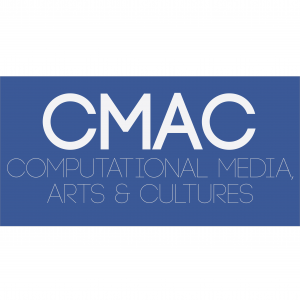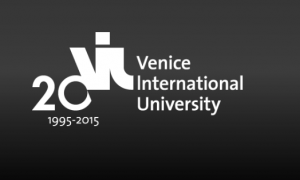I hadn’t planned to go this year (after a number of years running volunteering for the conference) because I was doing so much traveling this year, but I got the happy news that I’d been selected and approved as the new Chair of the ACM SIGGRAPH Digital Arts Community Committee, so headed out to Anaheim to meet with the committee and begin planning. My term officially begins September 1, but I was already busy learning more about the inner workings of the DAC and its projects during my time there. The group has been putting together some fine online exhibitions, and has been working on an ACM SIGGRAPH Digital Art History project for several years.
It is very interesting to have this window on the year-round committee when most of my experience so far has been with the annual conference art shows and art papers. We are in the middle of setting up some new projects, upgrading the social media presence, and finding more ways to connect members with each other and with related organizations and events.
Oh, and how cool is this? I got to be on the back cover of the ACM magazine earlier this year. Will need to scan the back cover, but in the meantime, this pic from the glamorous photo shoot says it all. (Can’t imagine why they didn’t pick this one for the mag though.)










